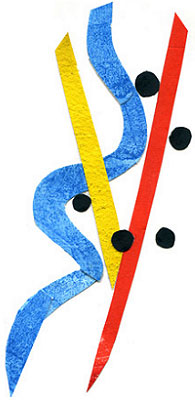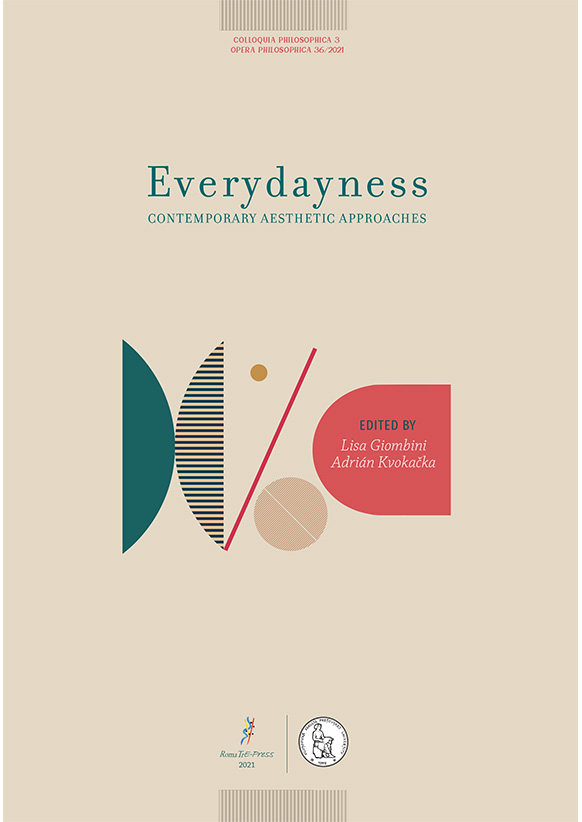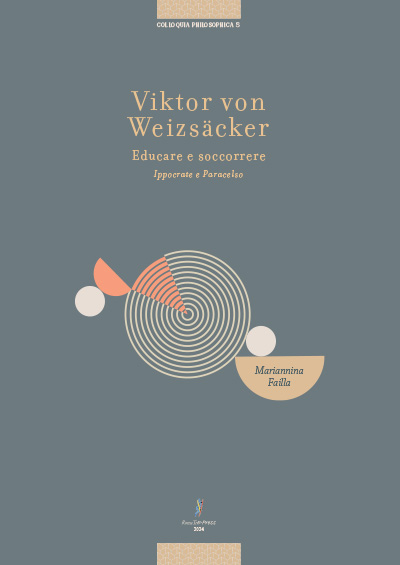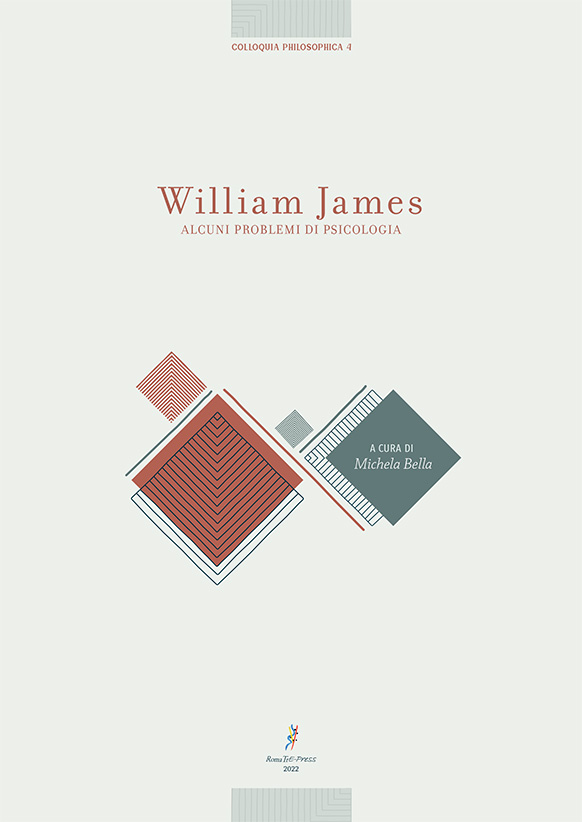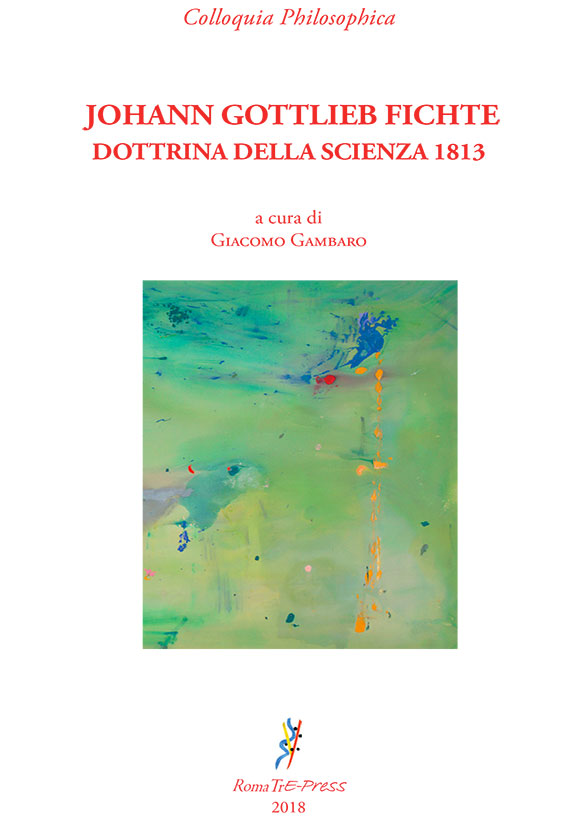Abstract

Il concetto di quotidianità assume oggi rilevanza crescente nel dibattito scientifico, sia nel contesto dell’estetica filosofica che dell’estetica cosiddetta applicata. Questo volume mira a far luce su alcune delle questioni chiave che emergono nelle discussioni relative all’estetica e alla filosofia della vita quotidiana, esaminando il retroterra metodologico di questo settore di ricerca e le sue intersezioni con ambiti affini, e fornendo al contempo esempi della sua possibile applicazione a specifici casi-studio. La raccolta include venti saggi di autori internazionali organizzati intorno a quattro aree tematiche nel campo dell’estetica del quotidiano: (1) Ambiente, (2) il corpo, (3) arte e pratiche culturali, e (4) metodologia. Tra le tematiche in oggetto vi è la somaestetica, la nozione di partecipazione estetica, le arti performative, l’estetica della moda e degli ornamenti, l’architettura, l’estetica dell’ambiente e della città.

The notion of everydayness is currently gaining momentum in scientific discourses, in both philosophical and applied aesthetics. This volume aims to shed light on some of the key issues that are involved in discussions about the aesthetics and the philosophy of everyday life, taking into account the field’s methodological background and intersections with cognate research areas, and providing examples of its contemporary application to specific case studies. The collection brings together twenty essays organised around four main thematic areas in the field of everyday aesthetics: (1) Environment, (2) The Body, (3) Art and Cultural Practices, and (4) Methodology. The covered topics include, but are not limited to, somaesthetics, aesthetic engagement, the performing arts, aesthetics of fashion and adornments, architecture, environmental and urban aesthetics.
